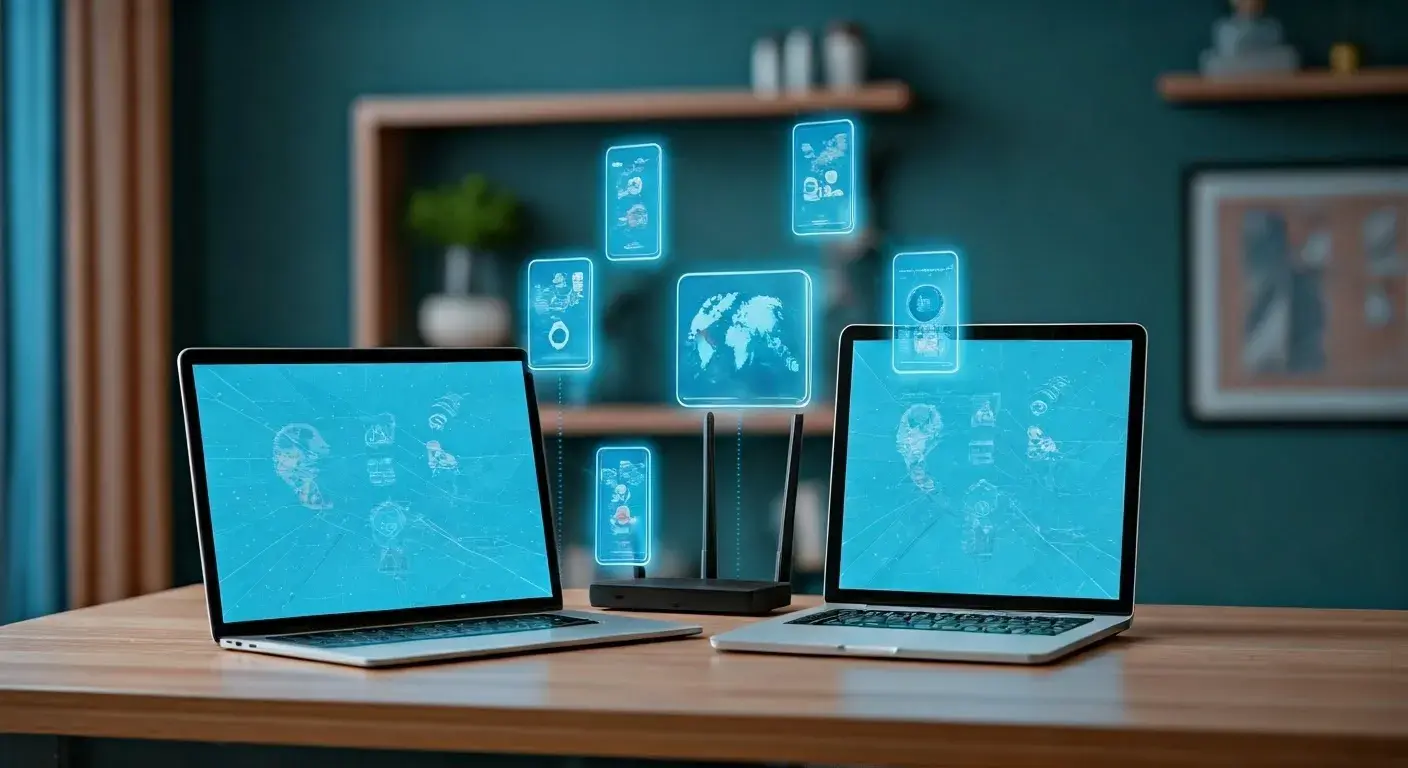Internet Without a Provider: Innovative Connectivity Solutions

In today's digital world, having a good internet connection is very important. But what do you do if traditional internet service providers (ISPs) are not available or do not work for you? The good news is that there are new methods for internet access that are the best option for you coming up. These options can help you get connected in different situations. This blog post will look at creative ways to access the internet without needing to depend only on regular ISPs.
Exploring Alternative Internet Access Methods
There is more to internet access than just traditional ISPs. There are other ways to connect to the internet, and each has its pros and cons. These methods are changing how people connect, especially in places that are far away or for those who want to save money.
As technology grows, it is important to know about these other options. Let's look at some of the popular choices that are becoming important and changing the way we use the internet.
The rise of community networks and their impact
Community mesh networks are becoming more popular. They help provide internet access in places that don’t have good service from regular providers. These networks let people share their internet connections. This creates a strong and independent system.
In a community mesh network, every user's device works like a node. It sends data to other nodes in the network. This setup removes the need for just one provider and can lower costs for users.
Also, community mesh networks are very strong. They can keep working even if some nodes stop working. This is especially helpful in remote locations or areas hit by disasters where traditional internet systems might not be available.
How is satellite internet connecting remote areas?
Satellite internet is a great way to connect remote places where regular internet is hard to get. It sends internet signals from satellites that are far above the Earth, breaking through geography problems.
Now, people who live in rural or isolated areas can have fast internet access options, such as DSL and satellite internet. This helps them join the digital world fully. With satellite internet, they can work from home, take online classes, and use telehealth services, making the digital gap smaller.
But, we should note that satellite internet can have higher latency than other types of internet. This means there can be a small delay in sending and receiving data. This might affect things like online gaming or video calls. Still, satellite internet is a good choice for anyone looking to get connected in remote locations.
The Power of Mobile Connectivity
Mobile connectivity has changed how we use the internet. It offers great convenience and makes things easier. Smartphones have become key tools for getting information, talking with others, and working on the go.
Now, many people can get mobile data plans, and smartphones are more affordable. This makes mobile connectivity a big deal, allowing more people around the world to access the internet.
Leveraging your smartphone for internet access
Smartphones are now essential for communication and entertainment. They are also handy internet tools you can carry anywhere. With a mobile data plan, your smartphone can connect to the internet almost everywhere your cellular provider covers.
You don’t need a different internet service for light browsing, checking emails, or using social media. Today’s smartphones have many ways to connect, like through cellular data networks and Wi-Fi.
Using mobile data on your phone makes life easier in our fast-connected world. Whether you are on a bus, traveling, or away from Wi-Fi, your smartphone allows you to tether and keeps you online and connected.
The benefits of mobile hotspots for on-the-go internet
Mobile hotspots are very useful for people who need wireless internet access while traveling. These small devices use cellular data networks to create a Wi-Fi network. This lets many devices connect at the same time.
Mobile hotspots are great for:
-
Business travelers: They can stay connected during conferences, meetings, and work trips.
-
Digital nomads: These workers can do their jobs from different places without depending on public Wi-Fi.
-
Families on vacation: They can keep everyone entertained and connected while they explore new places.
Just remember, using a mobile hotspot uses data from your cellular data plan. Be careful about your data limits to avoid extra charges and enjoy a smooth browsing experience.
Public Wi-Fi Networks: A Temporary Solution
Public Wi-Fi networks are everywhere now. They make it easy to get on the internet in places like cafes, airports, and libraries, and many times, you don’t have to pay for it.
But, even though they are handy, public Wi-Fi networks carry security risks. These networks are often not secure, which means your data can be grabbed by people with bad intentions, especially in a pinch.
Safety tips for using public Wi-Fi securely
While public Wi-Fi is very useful, you should be careful when using these networks. Public networks often do not have strong security. This makes your data vulnerable to security risks.
Here are some tips to keep you safe when using public Wi-Fi:
-
Avoid sensitive transactions: Do not do online banking, shopping, or check private information while using public Wi-Fi.
-
Use a VPN: A VPN can encrypt your internet traffic. This helps to protect your data from anyone trying to listen in.
-
Enable your firewall: Make sure your device's firewall is turned on. This adds extra protection against unauthorized access.
-
Look for HTTPS: When you go to websites, check if the web address starts with "HTTPS." The "S" means the connection is secure.
Being cautious can help keep your digital life safe while you enjoy the benefits of public Wi-Fi.
Finding reliable public Wi-Fi spots in the United States
Finding reliable free internet while on the go is easier than ever, thanks to the abundance of public Wi-Fi spots across the United States. Businesses like coffee shops, restaurants, and libraries often offer complimentary Wi-Fi to attract customers and provide convenience.
Here are some of the most common places to find free Wi-Fi:
|
Place |
Availability |
|
Coffee shops |
Usually free with purchase; some offer unlimited Wi-Fi |
|
Fast food restaurants |
Often free for a limited time with purchase |
|
Libraries |
Typically free and accessible during operating hours |
|
Airports |
Usually free in most areas, although some lounges may offer premium high-speed access |
|
Hotels |
Commonly offered as a complimentary amenity for guests |
When searching for available networks on your device, remember that network names (SSIDs) may vary depending on the establishment.
Conclusion
In a world where staying connected is very important, new solutions are changing how we access the internet. Community networks are helping local areas. Satellite internet is connecting remote places. These new ways make it easier to get online. Mobile connectivity and public Wi-Fi networks also give us more choices. By understanding how connectivity is changing, we can enjoy better digital experiences. We can use smartphones, hotspots, or public networks to stay connected. Exploring these options helps us stay connected in our fast-changing digital world. It’s essential to stay informed and to embrace the different ways to access the internet.





